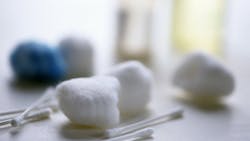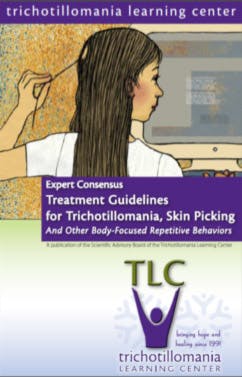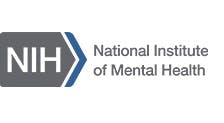A dangerous new fad
According to some experts, the cotton ball diet is not an isolated fad. In a young teenage girl, this diet could have further implications. It could be a part of a spectrum of psychiatric illnesses like trichotillomania, where a person pulls their hair, and pica, where a person eats nonfood like the cotton balls or starch, all in the realm of obsessive compulsive disorders and eating disorders.(3)
The Trichotillomania Learning Center (TLC) is a national nonprofit devoted to ending the suffering caused by hair pulling and skin picking. It is only twenty years old, and shares research into treatments for trichotillomania and skin picking. Although no one treatment has been found to be effective for everyone, a number of treatment options have shown promise for many people. At this time, management of these behaviors should begin with education about the disorders, followed by consideration of the treatment options such as Cognitive-Behavioral Therapy, Medications, Alternative Therapies, and Support Groups. Special considerations for treating children and adolescents are discussed in the “Expert Consensus Treatment Guidelines for Trichotillomania and Skin Picking."(4)
Become informed, you could save someone’s life.
References 1. http://www.king5.com/health/New-cotton-ball-diet-poses-major-health-risks--233083851.html. 2. Mintchev MP, Deneva MG, Aminkov BI, Fattouche M, Yadid-Pecht O, Bray RC (1 February 2010). Pilot study of temporary controllable gastric pseudobezoars for dynamic non-invasive gastric volume reduction. Physiol. Meas. 31 (2): 131–44. 3. http://www.trich.org/. 4. http://www.trich.org/dnld/ExpertGuidelines_000.pdf. 5. http://www.eatingrecoverycenter.com/. 6. http://www.edrcsv.org/. 7. http://www.nationaleatingdisorders.org/. 8. http://www.nimh.nih.gov/health/publications/eating-disorders/index.shtml.




